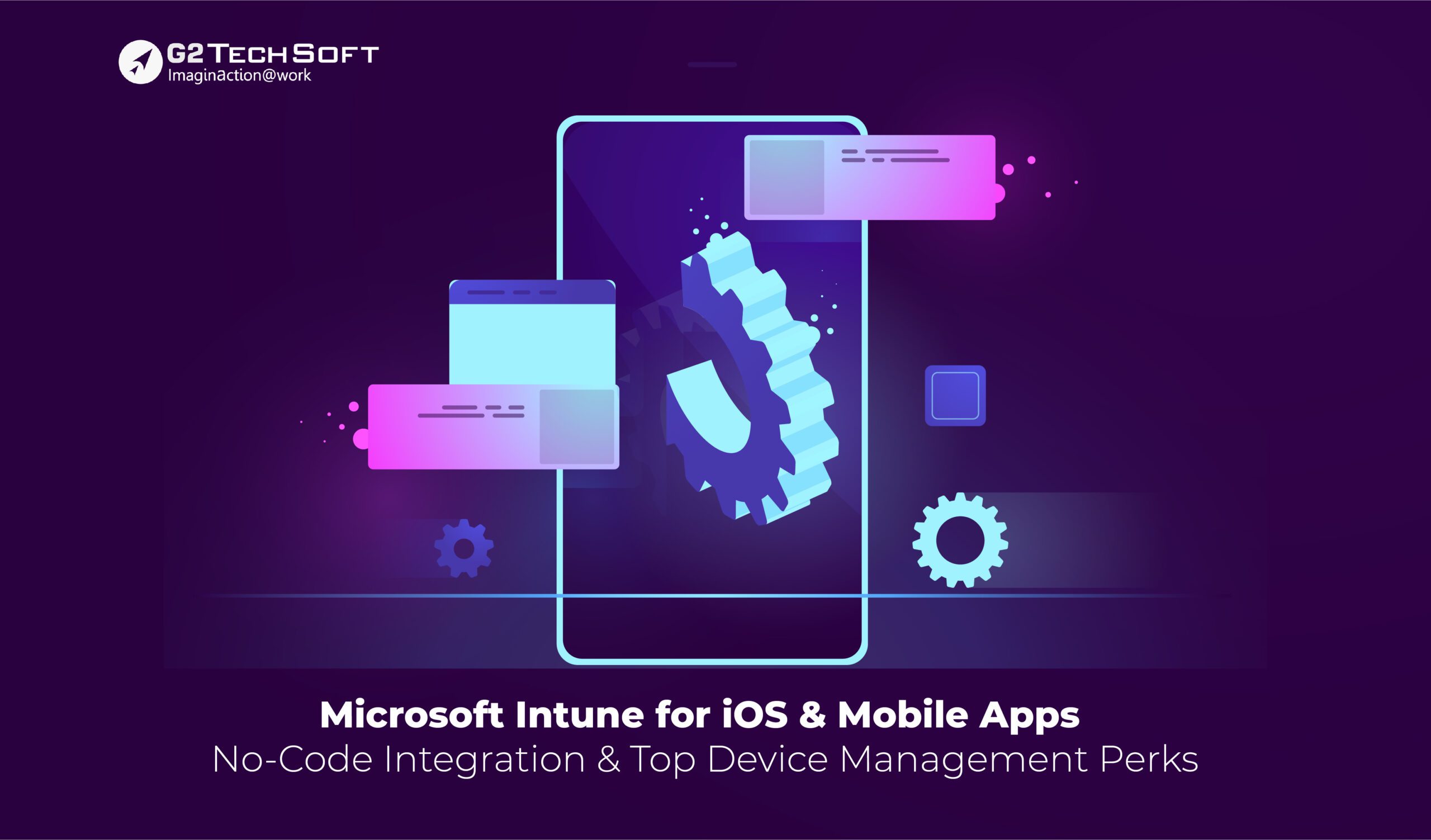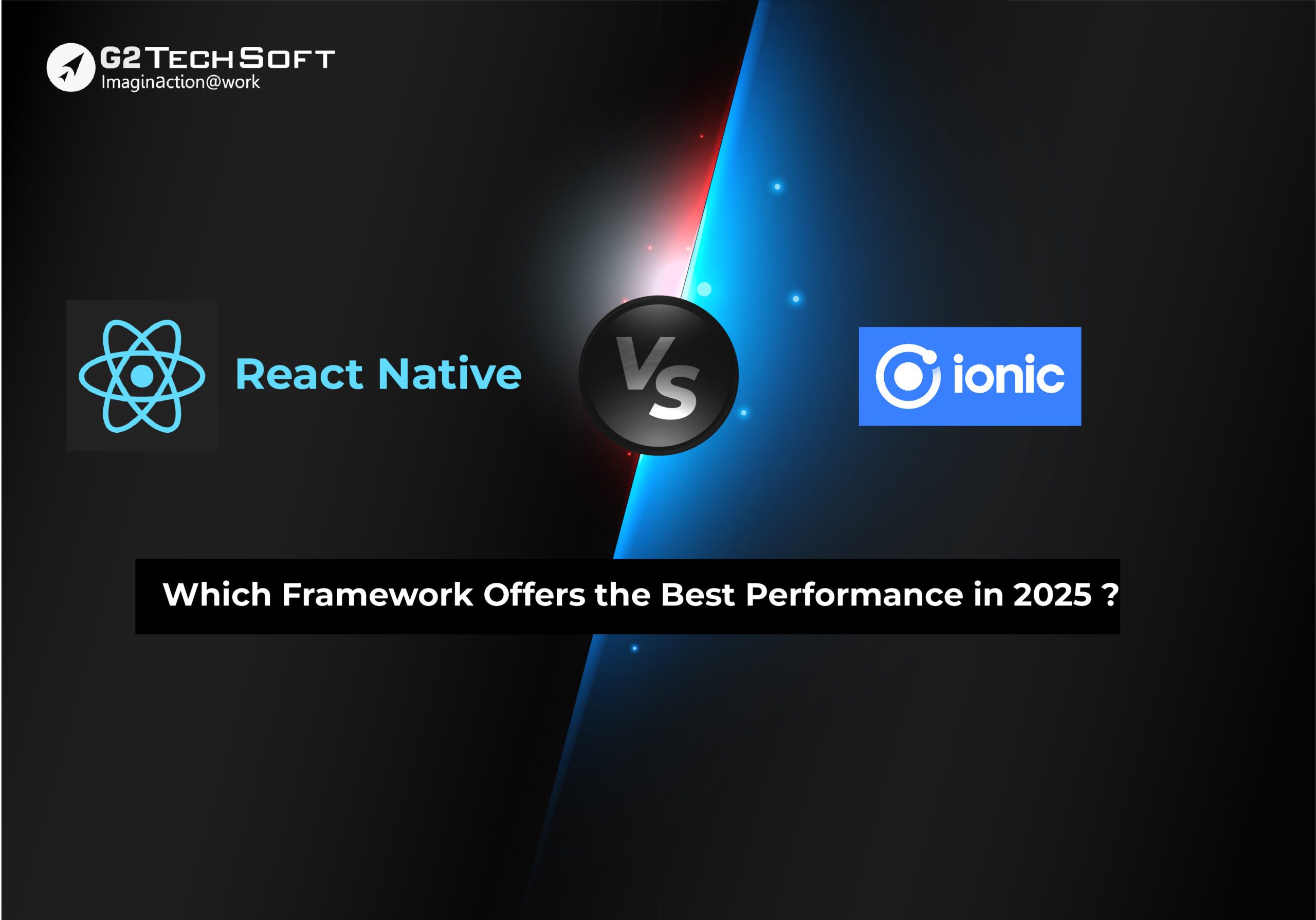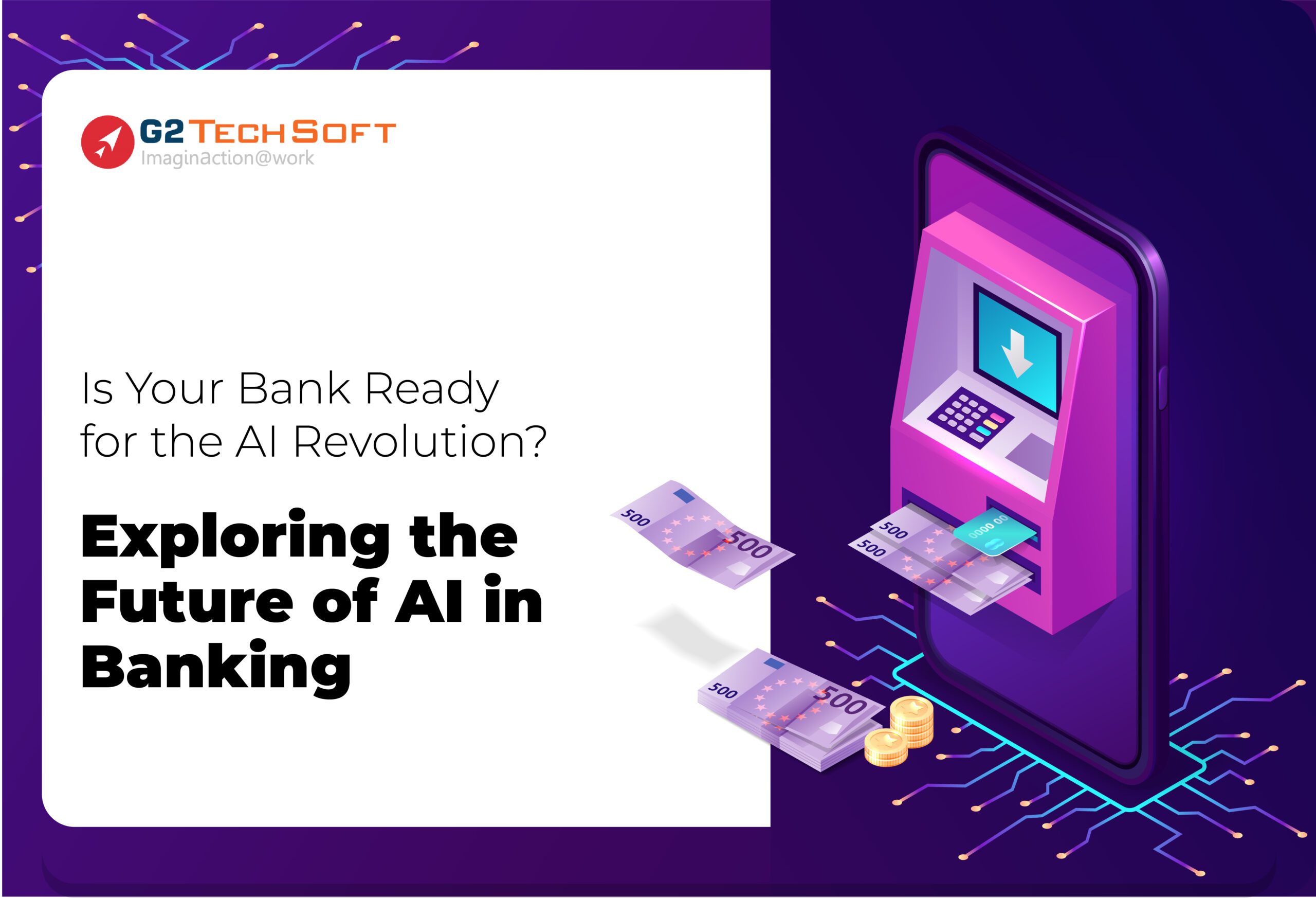
Decoding Block-chain Framework for HCM Systems
Innovation is all about problem-solving. Whether it is to design a feature, create a product, or to build a company, your technology must be able to solve real-life problems that your customers face. With that being said, no one can be unaware of the meteoric rise of Bitcoin and the rising interest in Cryptocurrency.
Being the first technology to adapt the Block-chain framework, Bitcoin has surmounted on top of our digital world so fast. It is estimated that Bitcoin could easily reach $40,000 by the end of 2018. The next big decentralized platform is Ethereum, which is also believed to have touched $500 and is expected to triple where it is as well.
If you are yet to learn the nitty and gritty of the Block-chain framework, take a look at our simplified presentation of what Block-chain is and how it works.
The benefits of Block-chain outnumbers across industries. It acquires the potential to enhance the service provided with improved confidentiality and integrity of the data transferred. With its promise to provide secure, transparent, and decentralized transactions, Block-chain stands to be one of the key pillars of our digital world. Some of the major HCM systems that witness a vast adaption of Block-chain.
Identity Management
Recruiting employees also requires the HR department to conduct the much needed background check to verify a candidate’s credentials to avoid fraud claims. This process takes a lot of time as well as resources to carry out a background check, especially in areas that go beyond regulatory or legal matters.
Using block-chain to verify a candidate’s claim of achieving a certification or a degree makes the entire process less complicated. The candidate provides access to the block-chain entry that the certifying body has already cross-signed. This eliminates the need for the employer to directly contact the school or university to run a background check for certifications and qualifications, which saves considerable time.
Insurance Claims
A remarkable advantage that comes with block-chain is claiming insurance payments. It automates the entire process when the conditions are clear and obvious to validate the claim incident. Payout can be initiated between the insurer and the investor depending on the catastrophe triggering events. Block-chain smart contract makes payouts efficiently within a few hours after the occurrence of a disastrous event.
Block-chain technology has also simplified the claim process by reducing the turnaround time to a great extent. It offers clear processing without the need to face legal interferences, which saves significant amount of time and money for insurers. All claim events are recorded in the distributed ledger, thus eliminating the chances of duplication.
Cross-Border Payments
The Block-chain payments solution for cross-border payments is yet another breakthrough. This addresses and clears the settlement on the same network, which significantly reduces settlement time. This design pattern focuses on the use of a digital asset. It involves following the payment instructions on the clearing ledger along with transaction details on the settlement ledger and a negotiable native asset, all combined to drive individual transactions on a single, integrated network.
A sequential set of integrated steps in real time comprising of payment initiation, compliance verification, foreign exchange and settlement is carried out for every transaction. This reduces the work to be done and the costs associated with cross-border payments. This also accelerates financial inclusions in unbanked regions and empowers digitally-connected consumers in emerging markets with access to the global financial system. Block-chain makes cheap, fast, and connected payments for consumers around the globe.




